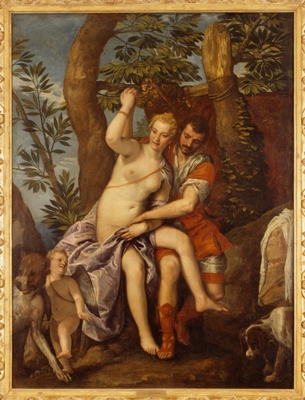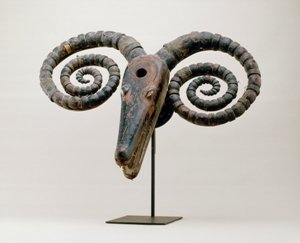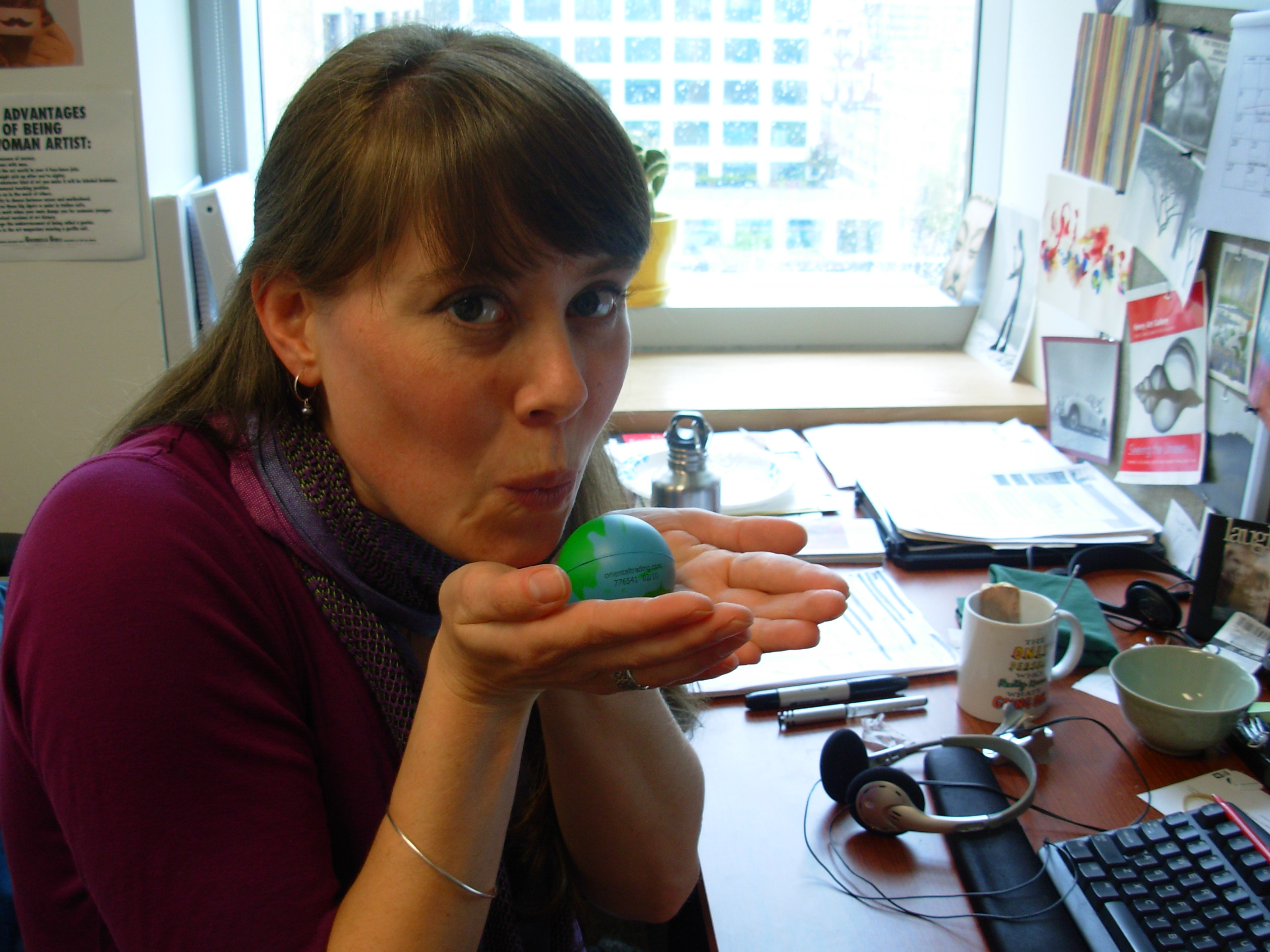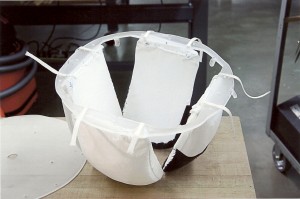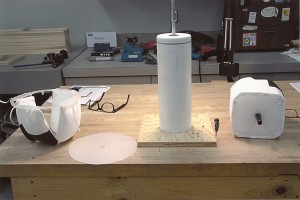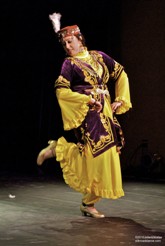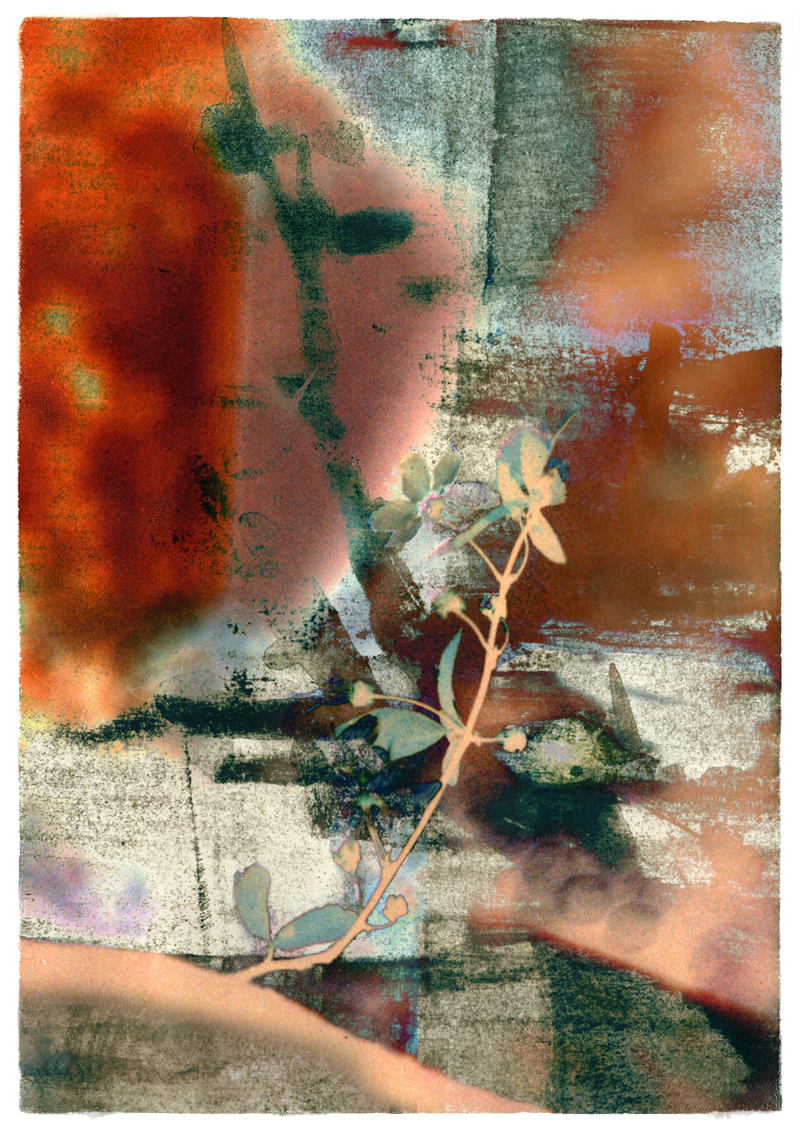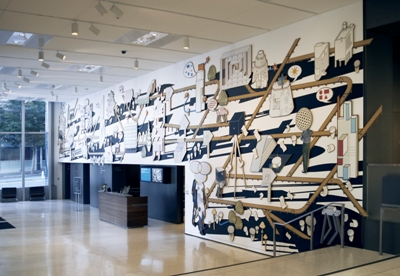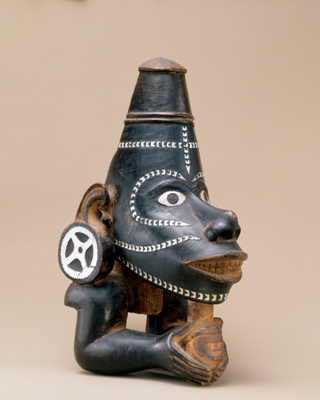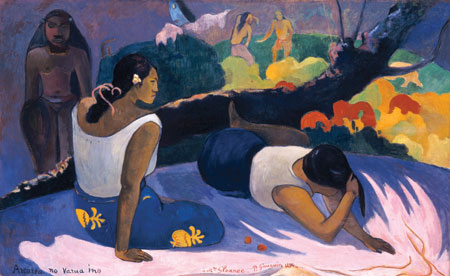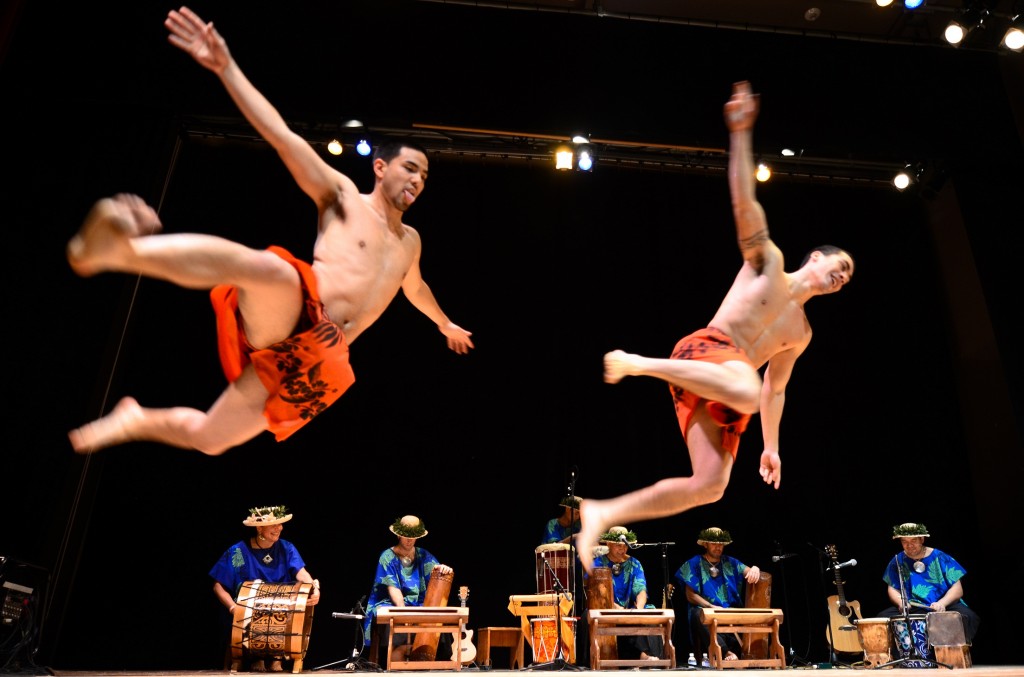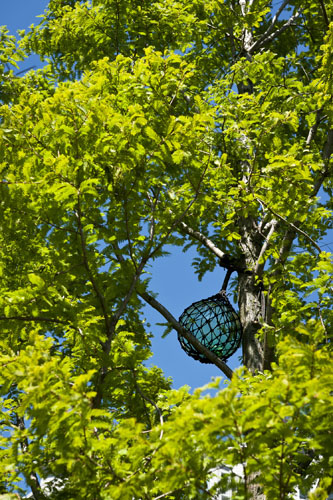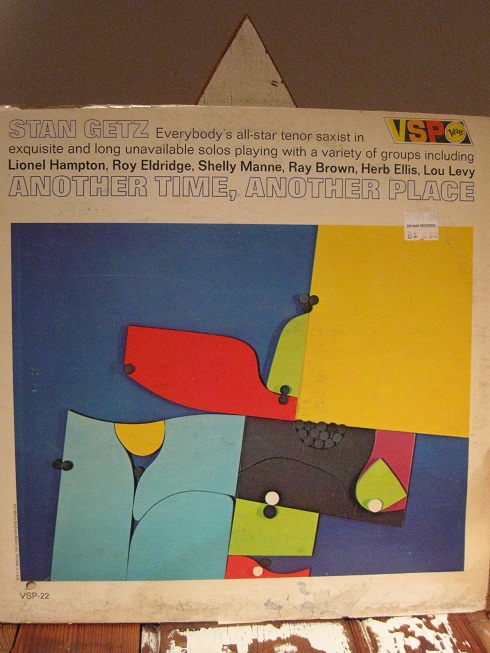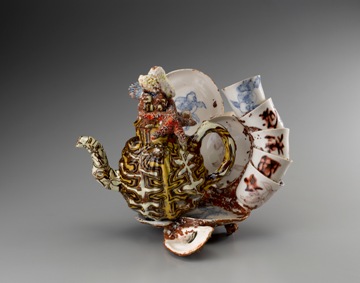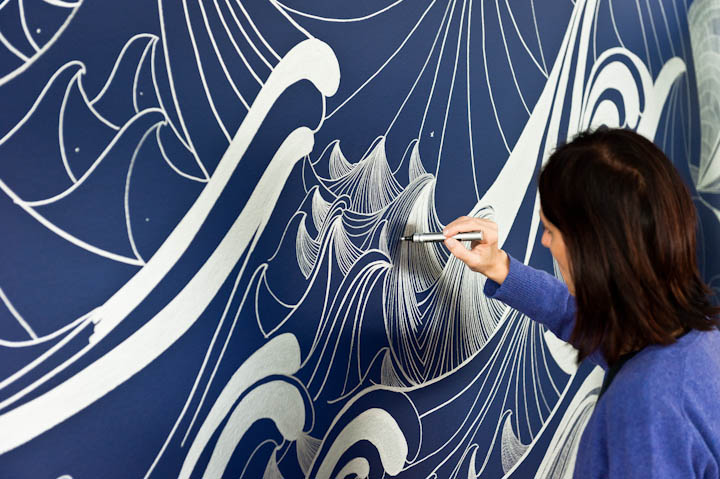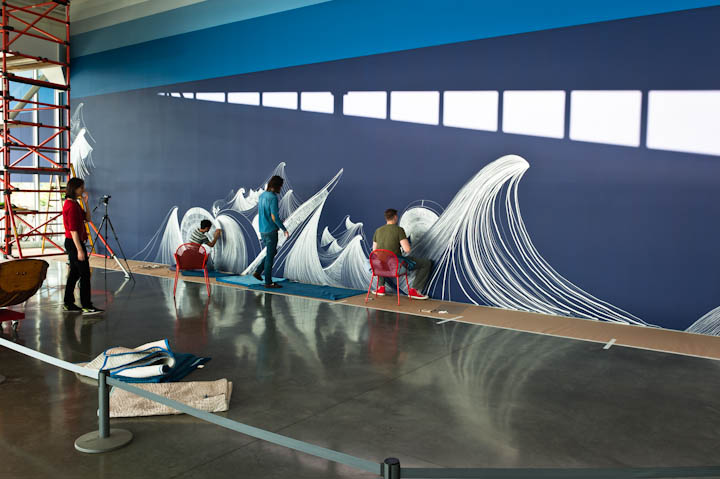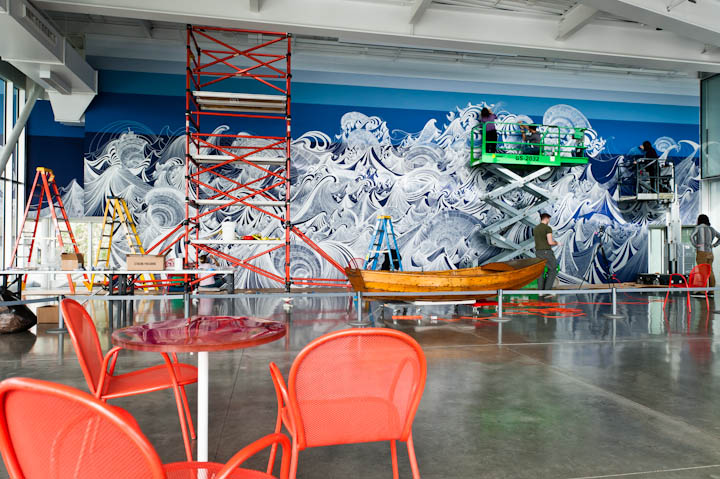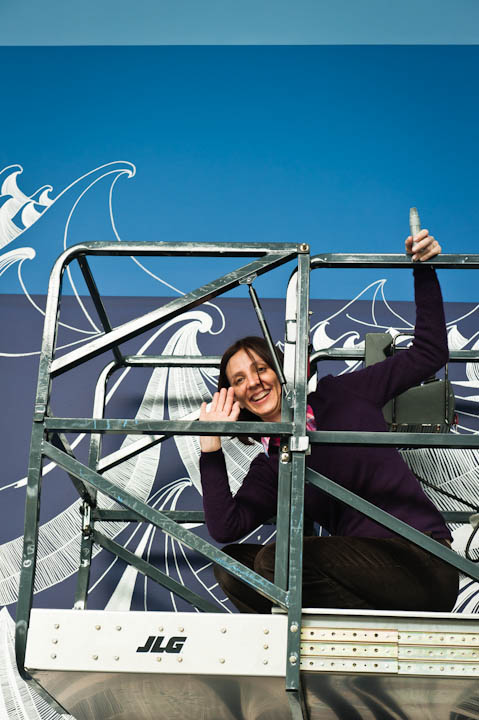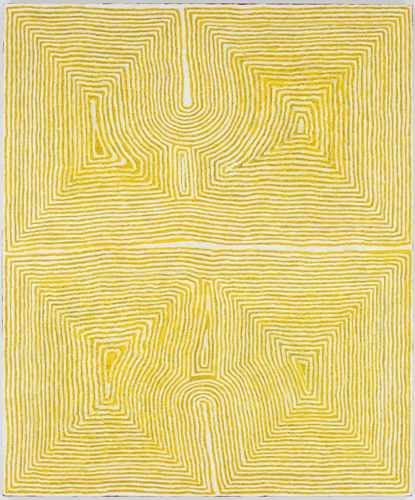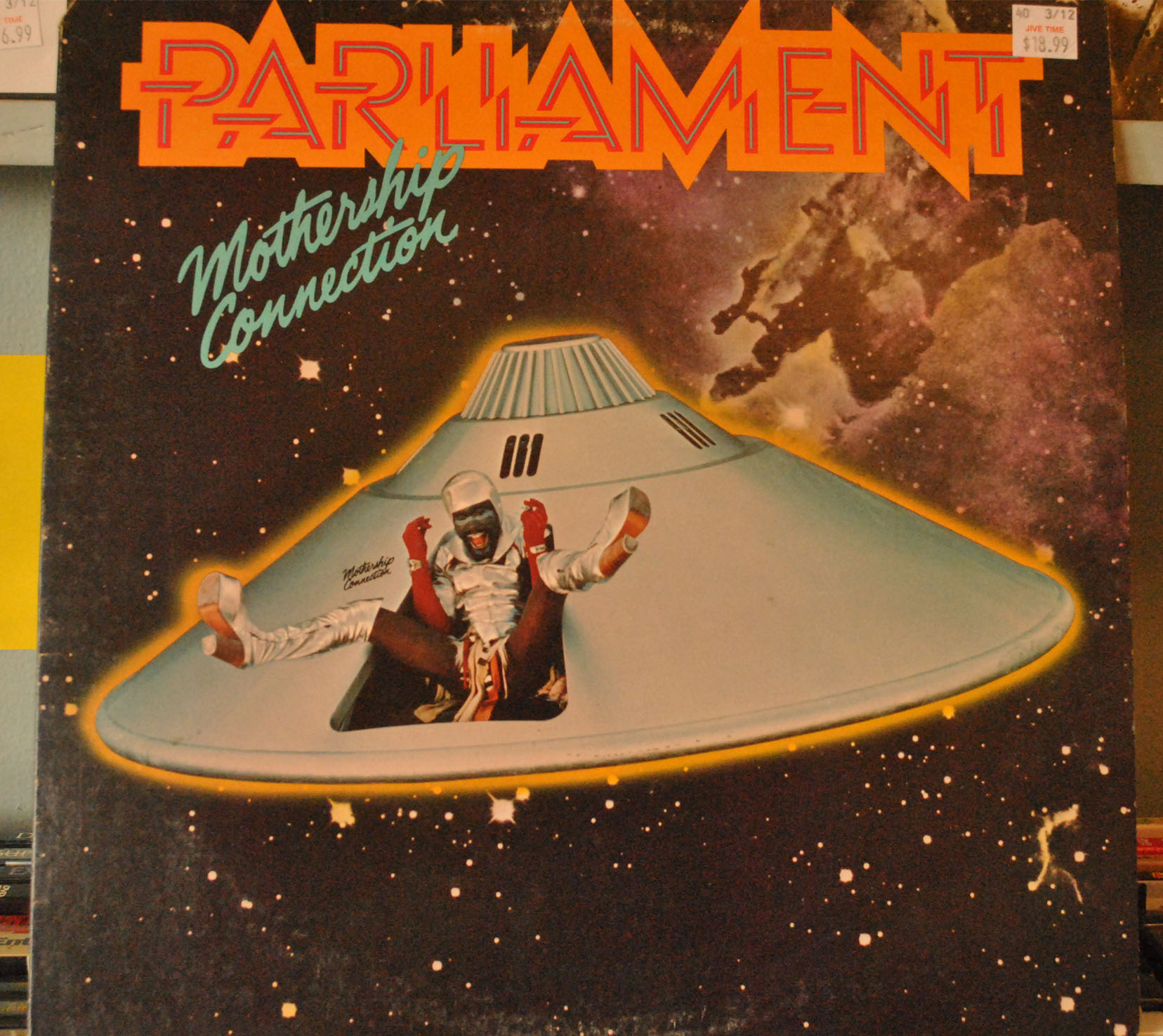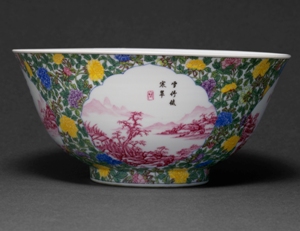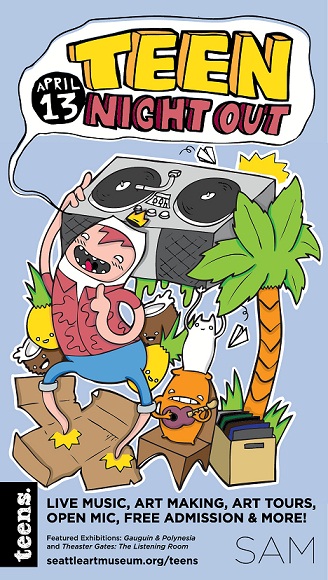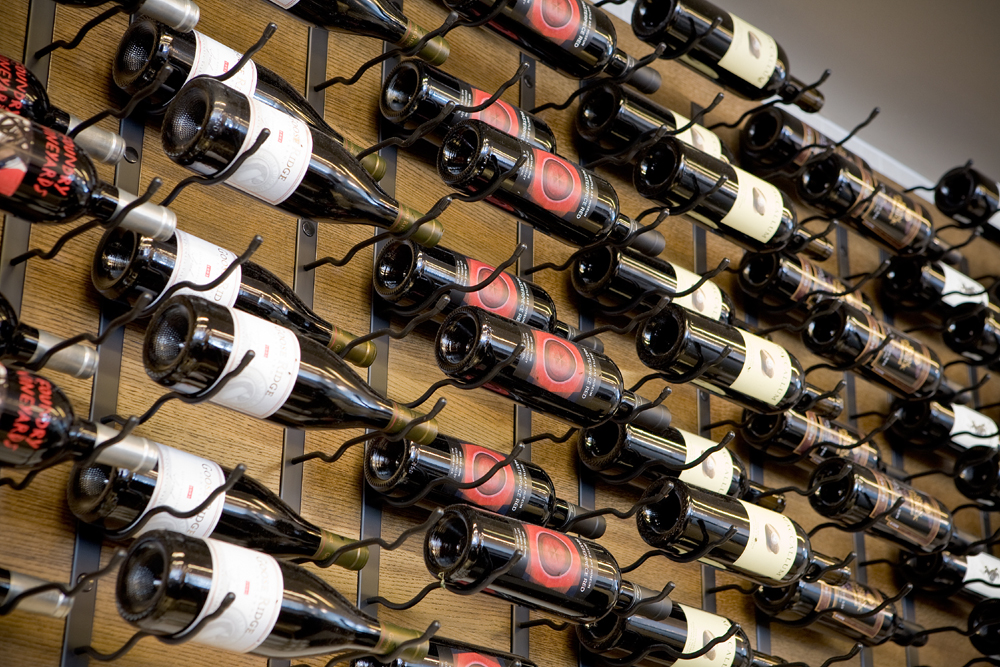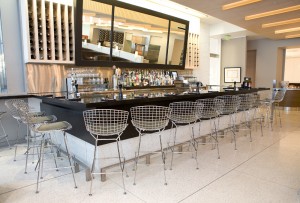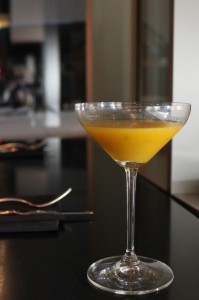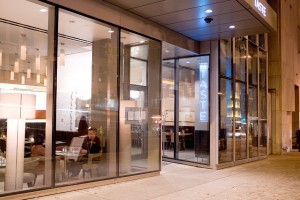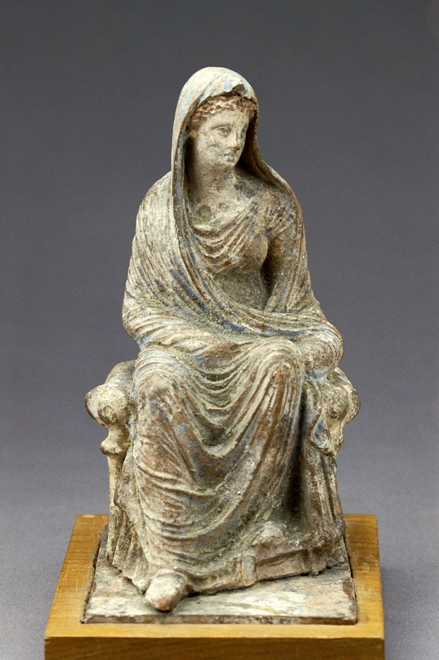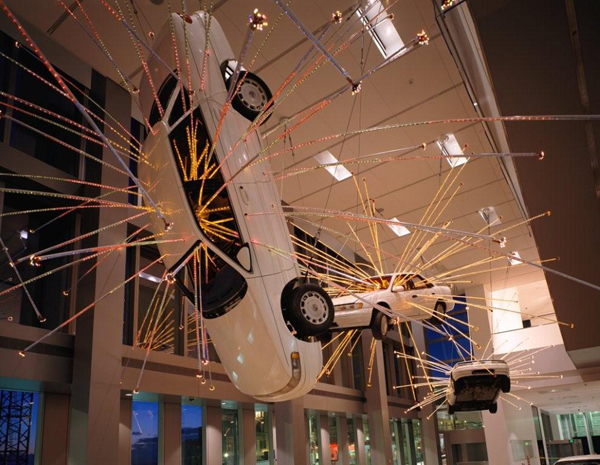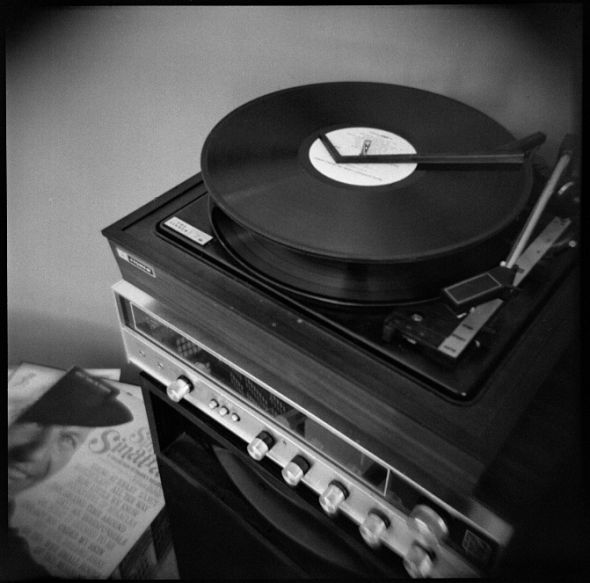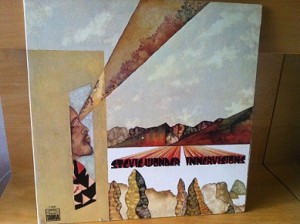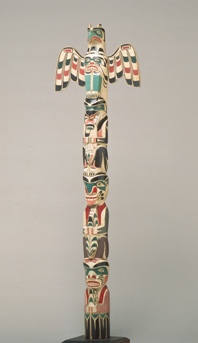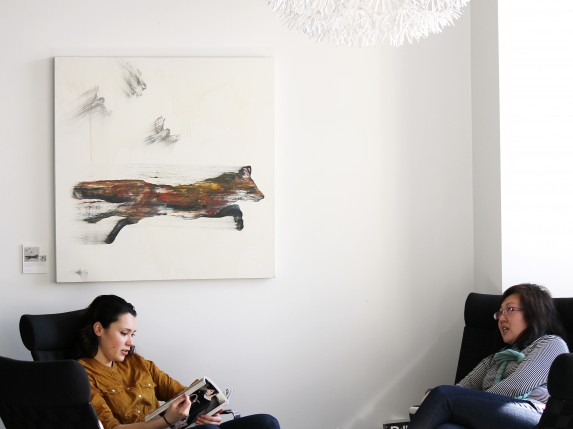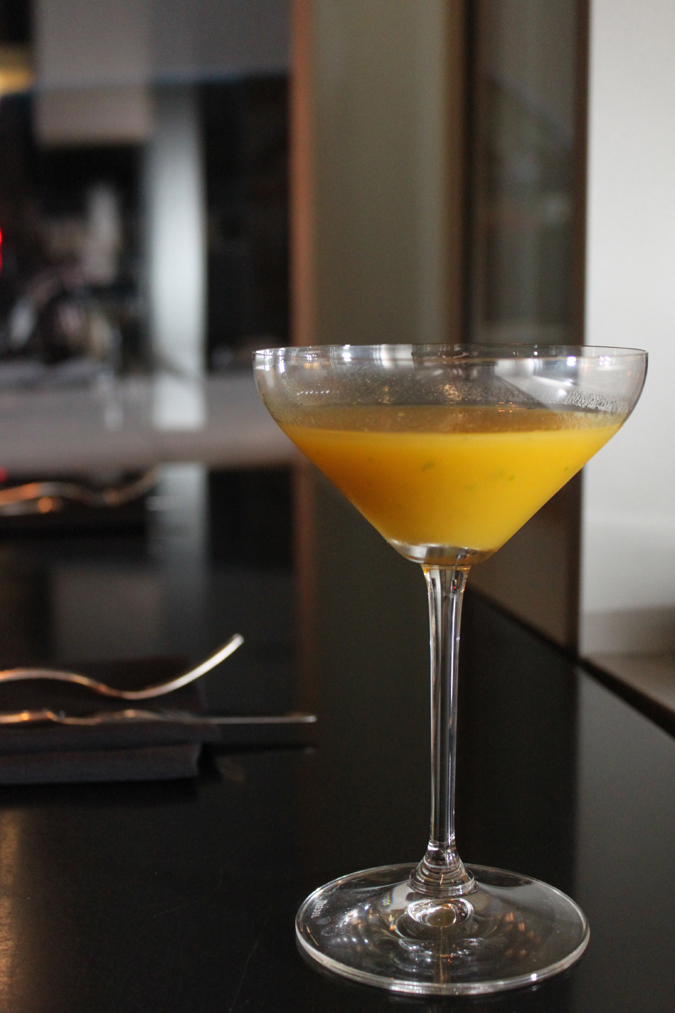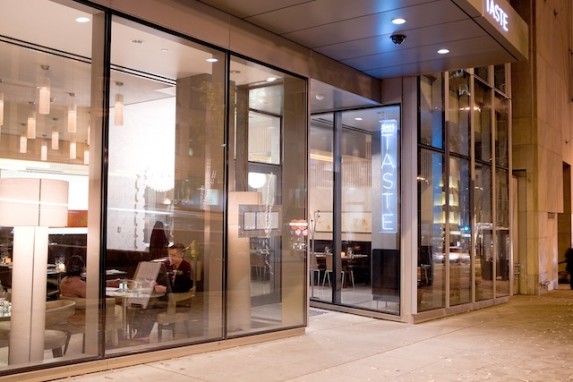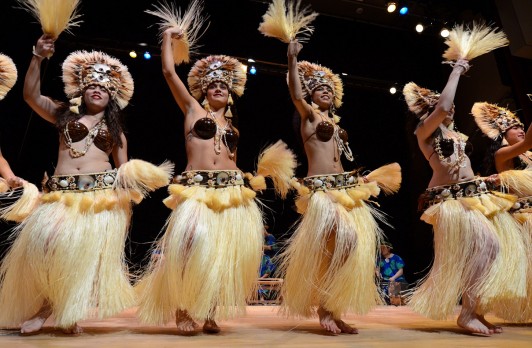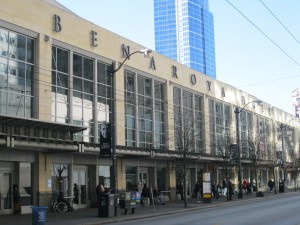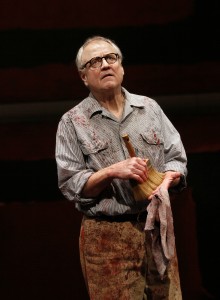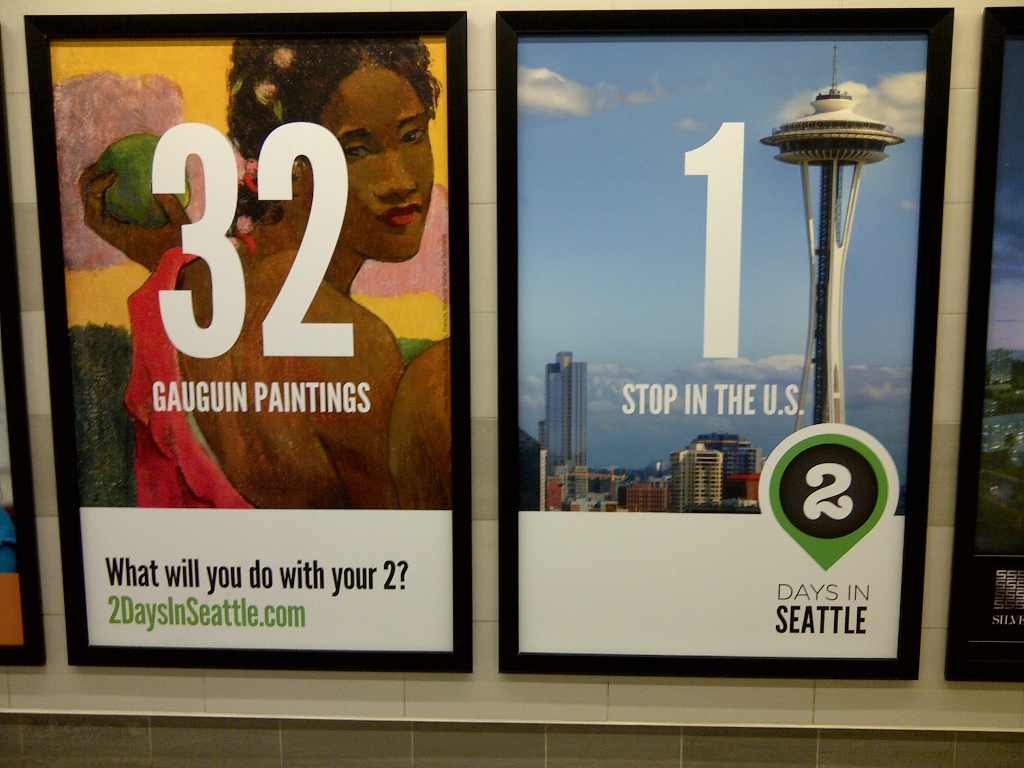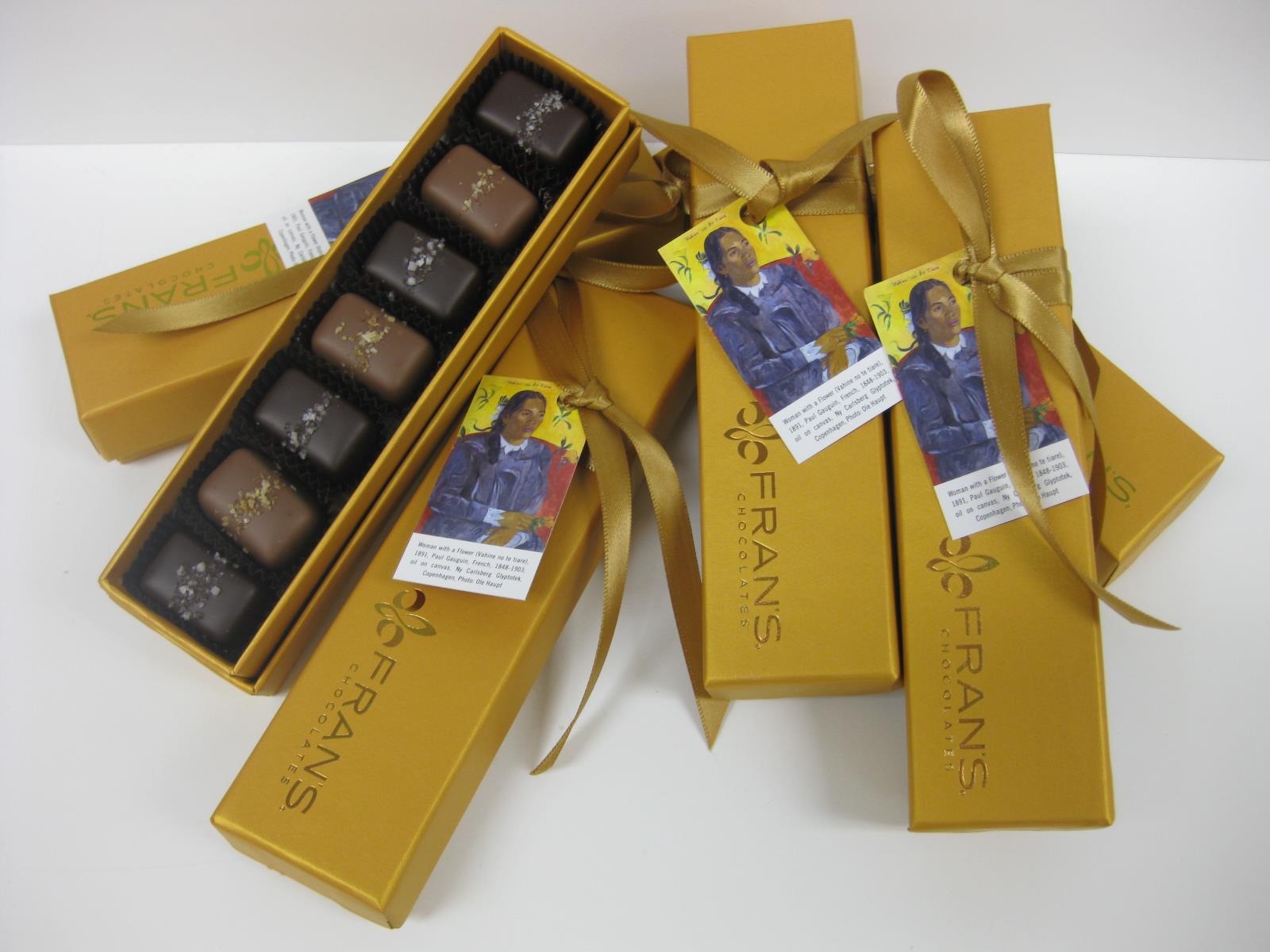On Thursdays and Fridays, SAM is open until 9 pm. So spend a night at the museum and have dinner before or after your visit to Gauguin & Polynesia: An Elusive Paradise. A variety of Seattle restaurants are offering special menu items and discounts. To take advantage of these deals, simply print out your GO! Gauguin coupon.
SAM is hiding two Gauguin & Polynesia tickets at one of these partner locations. At noon today on Facebook and Twitter, we will reveal a clue for the location of this hidden pair of tickets. The first person to reach the location and say, “Go Gauguin!” wins the tickets.
TASTE Restaurant
At SAM Downtown, 1300 First Ave.
If you’re already at the museum, present your GO! Gauguin coupon while dining at TASTE to receive a complimentary exhibit inspired dessert. Cannot be combined with other offers or discounts.
Andaluca
407 Olive Way
Please present your GO! Gauguin coupon for dinner and enjoy 15% discount on your entire food purchase. Offer cannot be combined with any another discounts or promotions.
Fonté Café & Wine Bar
1321 First Avenue
Come see Gauguin & Polynesia at the Seattle Art Museum and present your ticket stub or GO! Gauguin coupon to enjoy 15% off your bill at Fonté Café & Wine Bar located just across the street from the museum. Cannot be combined with other offers or discounts, not available at happy hour.
Gordon Biersch
600 Pine Street
GO! Gauguin and save at Gordon Biersch, conveniently located in the heart of downtown at the Pacific Place Shopping Center. Present your GO! Gauguin coupon to enjoy 20% off your entire bill.
Harried and Hungry
1415 Third Avenue
Hungry? Short on time? Hurry on in with your GO! Gauguin coupon and treat yourself to a scrumptious Curried Chicken Salad or a delightful Hawaiian Pizza for a special art-lovers price of just $4.95. Open Monday–Friday from 11 am–2 pm. In honor of the exhibition, Harried and Hungry will be presenting Polynesian-inspired works by local artists on their walls starting in February, so you can bask in the ambience of the tropics while enjoying lunch.
Il Fornaio
600 Pine Street
Present your GO! Gauguin coupon at Il Fornaio at the Pacific Place Shopping Center for a complimentary appetizer or dessert with the purchase of an entree. Offer valid in the Cucina or Risotteria during the exhibition period. Cannot be combined with any other offer or discount.
Japonessa
1400 First Avenue
Just a hop and a skip away from SAM, at the corner of First Avenue and Union Street, Japonessa offers a 20% discount off your next bill when you present your GO! Gauguin coupon. Not eligible for happy hour items. Cannot be combined with other offers, discounts or promotions.
Lecosho
89 University
Come on down to Lecosho – just a stroll away from SAM on the Harbor Steps – and receive 15% off your bill with your GO! Gauguin coupon. You may also enjoy The Gauguin, a special Polynesian-inspired cocktail, for only $5. Not valid with other offers, discounts or during happy hour.
Library Bistro and Bookstore Bar
92 Madison Street
Present your GO! Gauguin coupon during happy hour from 4–7 pm for a Polynesian-inspired cocktail at the Bookstore Bar or take 10% off your food bill in the Library Bistro Monday–Friday, 11:30 am–2:00 pm. Cannot be combined with other offers or discounts.
Marché
86 Pine Street
Dine at Marché located in Pike Place Market and delight in their special Gauguin-inspired menu items. Enjoy the Pousee au Crime cocktail, which means “the drink made me do it,” an intoxicating blend of French agricole rhum shot with cane sugar and lime juice for $8. Or try the Tahitian vanilla bean pot de crème with huckleberry conserve for $7.
Mexico Cantina y Cocina
600 Pine Street
At Mexico Cantina y Cocina, located in Pacific Place, you can redeem your GO! Gauguin coupon to enjoy a complimentary appetizer or dessert of your choice with the purchase of one entrée. Cannot be combined with other offers or discounts.
Pike Brewing Company
1415 First Avenue
Present your GO! Gauguin coupon at the Pike Pub for your choice of $2 off of a Pike Pint, $4 off of a Pike Pitcher, or 15% off of their merchandise. The Pike Brewing Company is a gravity flow brewery, brewing fine ales and serving a local and sustainable menu. Located on the corner of First Avenue and Union Street, right across the street from SAM. Enjoy a beer before or after the museum. Offer not available during Hoppy Hour, Monday–Friday, 4–6 pm.
The Triple Door
216 Union Street
GO! Gauguin at the Musicquarium Lounge when you present your coupon and receive 15% off your bill during Gauguin & Polynesia. Named for its stunning 1,900 gallon freshwater aquarium, the Musicquarium features live music and entertainment most nights of the week. Cannot be combined with other offers or discounts, not valid during happy hour. Located at The Triple Door on the corner of Third Avenue and Union Street.
Wild Ginger Asian Restaurant & Satay Bar
1401 Third Avenue
Satisfy your taste palette with a discounted, special Polynesian-themed appetizer and cocktail when you present your GO! Gauguin coupon at Wild Ginger Asian Restaurant & Satay Bar. Cannot be combined with other offers or discounts. No substitutions.
-Madeline Moy, Digital Media Manager
